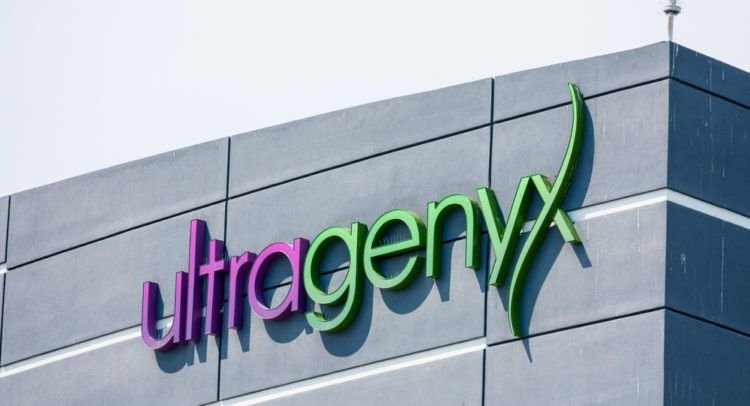One company faces regulatory setback while another achieves a Phase III victory, highlighting both urgency and uncertainty in drug development
One company faces regulatory setback while another achieves a Phase III victory, highlighting both urgency and uncertainty in drug development

Two major stories in biotech emerged today, pointing to the tightrope that companies walk between promising clinical results and regulatory scrutiny. On one hand, Ultragenyx saw its gene therapy application declined by the U.S. Food and Drug Administration. On the other, Takeda reported successful Phase III trial results for its narcolepsy treatment, showing strong efficacy and safety outcomes.
Ultragenyx’s Regulatory Setback
Ultragenyx had been developing a gene therapy aimed at treating a rare metabolic or neuromuscular disorder. Although early-phase studies showed encouraging signs some improvement in biomarkers and a manageable safety profile – the full package submitted to the FDA failed to convince regulators.
The FDA’s decision turned on several concerns. Key among them was durability of effect: reviewers judged that follow-up data were not long enough to assure that benefits would be sustained. Manufacturing and consistency of production were also flagged: gene therapies require very tight control over vector performance, dosing, and quality, and the agency wanted more validation in those areas.
For Ultragenyx, the rejection is a major hurdle. Gene therapy is expensive and complex to develop, and the pathway from early promise to approved therapy is long. Patients and clinicians who had looked to this therapy for hope in a difficult-to-treat disease are left waiting for more data. The company has announced it will gather additional follow-up and address the FDA’s points before reapplying.
Takeda’s Phase III Win in Narcolepsy
Meanwhile Takeda gained positive news from its Phase III narcolepsy trial. The new drug achieved both its primary and key secondary endpoints, demonstrating significant reduction in daytime sleepiness, fewer cataplexy episodes, and meaningful improvements in patient-reported quality of life. Safety results were favourable, with side effect profiles consistent with what had been seen in earlier trials.
The trial enrolled a broad population of patients with narcolepsy, many of whom had not obtained satisfactory relief with existing options. Effect sizes were solid, and the benefit seen was considered clinically meaningful by specialists. Takeda is now preparing regulatory filings, expecting that this therapy may offer a more potent and tolerable option for patients struggling with narcolepsy symptoms.
What This Means for Biotech Development
These two stories side by side illustrate both opportunity and risk in the current clinical research landscape.
While Ultragenyx works to shore up the data needed for its gene therapy, Takeda’s recent success offers renewed hope in narcolepsy care. Both stories remind us how delicate the balance is in bringing new therapies forward — clinical promise must be matched by regulatory confidence and manufacturing fidelity.
Keep in touch with our news & offers